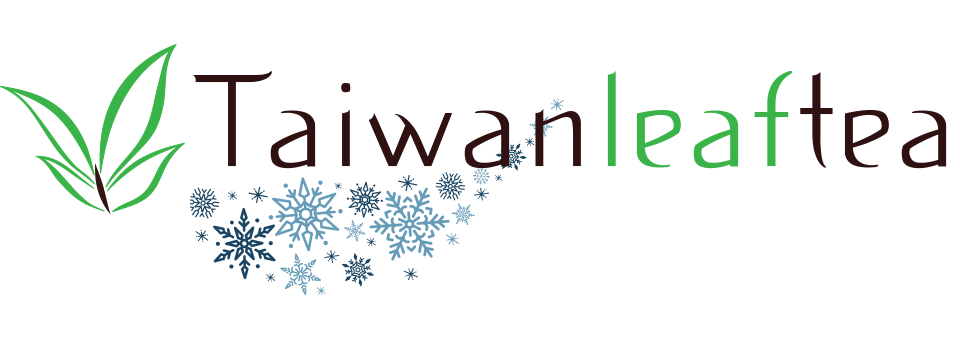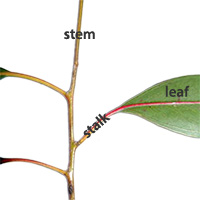Stems in tea
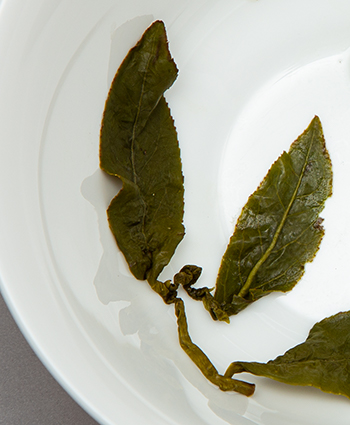 Tea lovers give
preference to tea leaves, considering the presence of stems to be something second-rate. But in vain. The presence
of stems in Taiwanese tea indicates its high quality. The stems not only impart a special deeper aroma and
sweetish taste, but are also loaded with nutrients, including Cateсhines, which are powerful antioxidants and slow
down the aging process.
The presence of stems in Taiwanese tea indicates its high quality. The stems not only impart a special deeper
aroma and sweetish taste, but are also loaded with nutrients, including Cateсhines, which are powerful
antioxidants and slow down the aging process.
Tea lovers give
preference to tea leaves, considering the presence of stems to be something second-rate. But in vain. The presence
of stems in Taiwanese tea indicates its high quality. The stems not only impart a special deeper aroma and
sweetish taste, but are also loaded with nutrients, including Cateсhines, which are powerful antioxidants and slow
down the aging process.
The presence of stems in Taiwanese tea indicates its high quality. The stems not only impart a special deeper
aroma and sweetish taste, but are also loaded with nutrients, including Cateсhines, which are powerful
antioxidants and slow down the aging process.
Why is it important to keep the stem while processing the tea?
There are two main kinds of Catechins present in the stem of the oolong plant -"free form" or "simple catechin" and "ester form" or "complex catechin".
These two different kinds of catechins each create a different feeling on your palate. The simple catechin will be less astringent and is present in higher quantities in the mature leaves and "stem". The complex catechin is more astringent and is present mostly in the bud or immature tea leaves. The crucial reason to keep the stems while picking the tea leaves is that during the process of indoor withering the simple catechin in the stems can be distributed to the leaves not just to make the tea less astringent, but also assist the "aroma molecule" inside the leaves to be released more easily, which helps (later) during the oxidation process to create a better more complex tasting tea, more roundness and sweetness.
Why did tea producers start adding more stems to tea last years?
Climate change affects everyone, including tea farmers. Climate in Taiwan become colder, with earlier winter and tea producers accept more tea stems in tea.
Why?
When making tea, it's important to use leaves that have been picked at the right time. If the leaves are picked when it is cold, the stalk of the leaf will become hard and fibrous. This makes it difficult to shape the tea and can also make the tea taste bitter.
Experienced tea makers know to avoid using these types of leaves to ensure a smooth and enjoyable cup of tea.
And also to compensate for lack of stalks, they put in some tea stems as it can add a certain flavor and complexity to the tea, that making it taste even better.
And the presence of stems in Taiwanese tea indicates its high quality.
Related Products
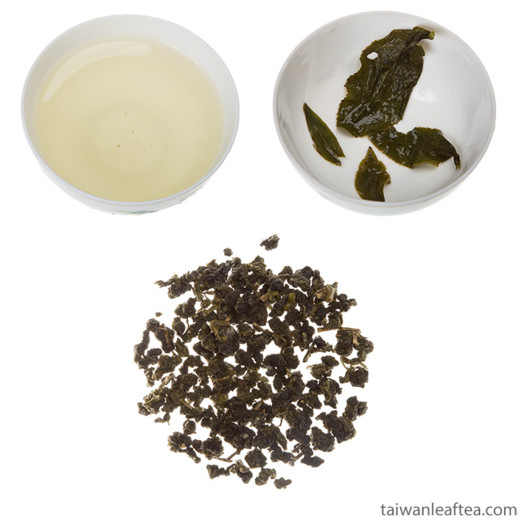
High Mountain Alishan Oolong Tea (高山地阿里山烏龍茶)
Mt. Ali Oolong from Ali Shan area is one of the best and the most famous oolong from Taiwan. Alisha..
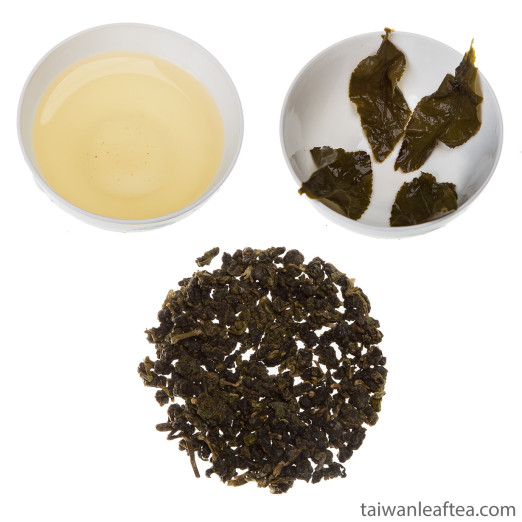
Li Shan High Mountain Organic Oolong (梨山高山有機烏龍茶)
Li Shan area is the highest mountains in Taiwan. Li Mountain has altitude more than 2000 meter above..
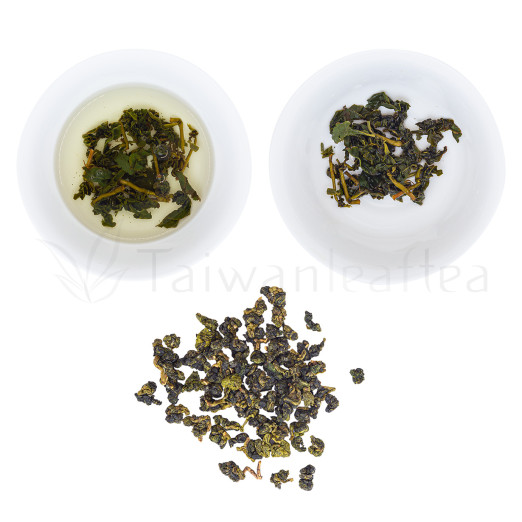
Li Shan Hwa Guan / Hua Guan Oolong (華崗極品清香)
Hwa Guan (Hua Guan) Oolong is rare oolong from Hwa Guan Area (a.k.a. Hwa Gardens), from Li Shan moun..
